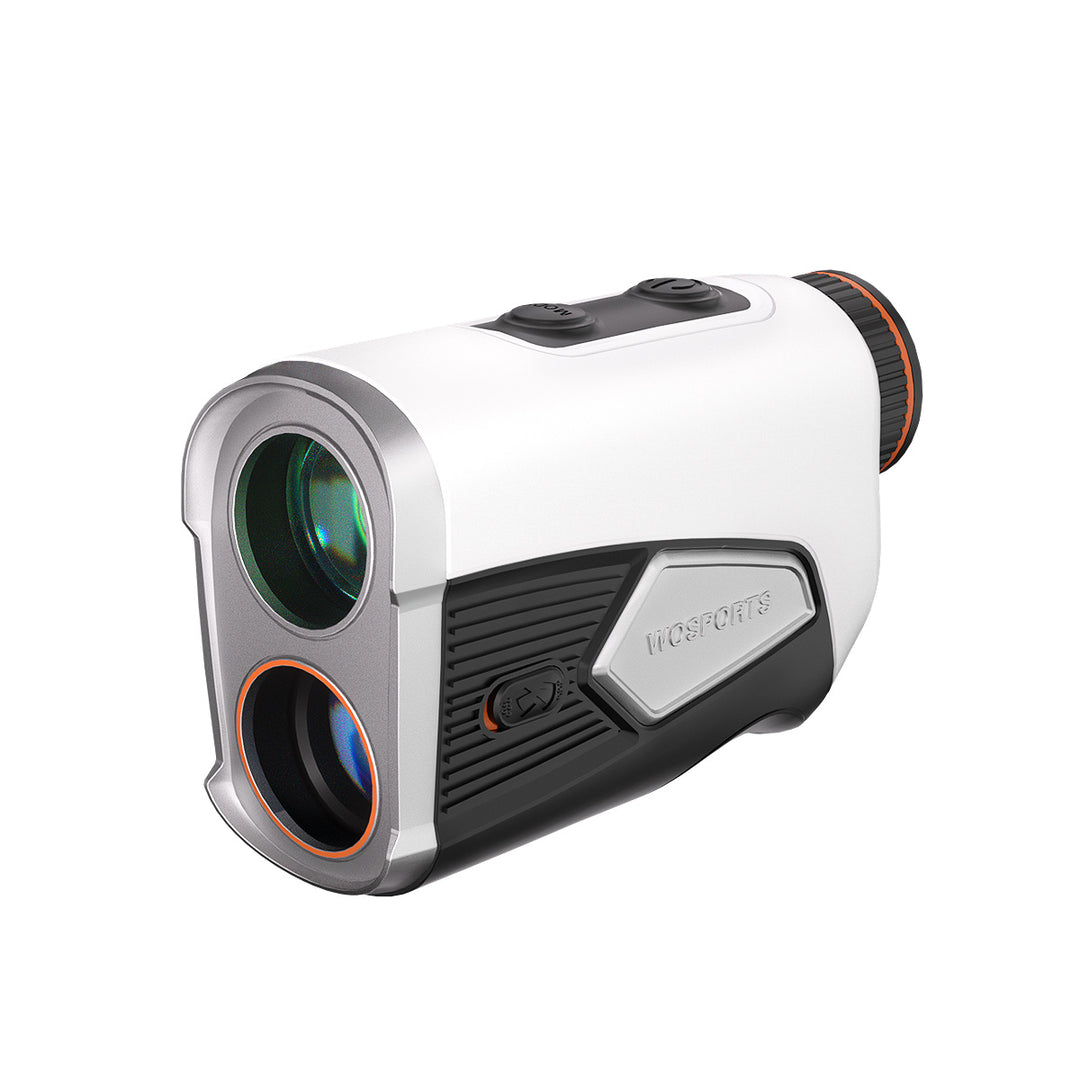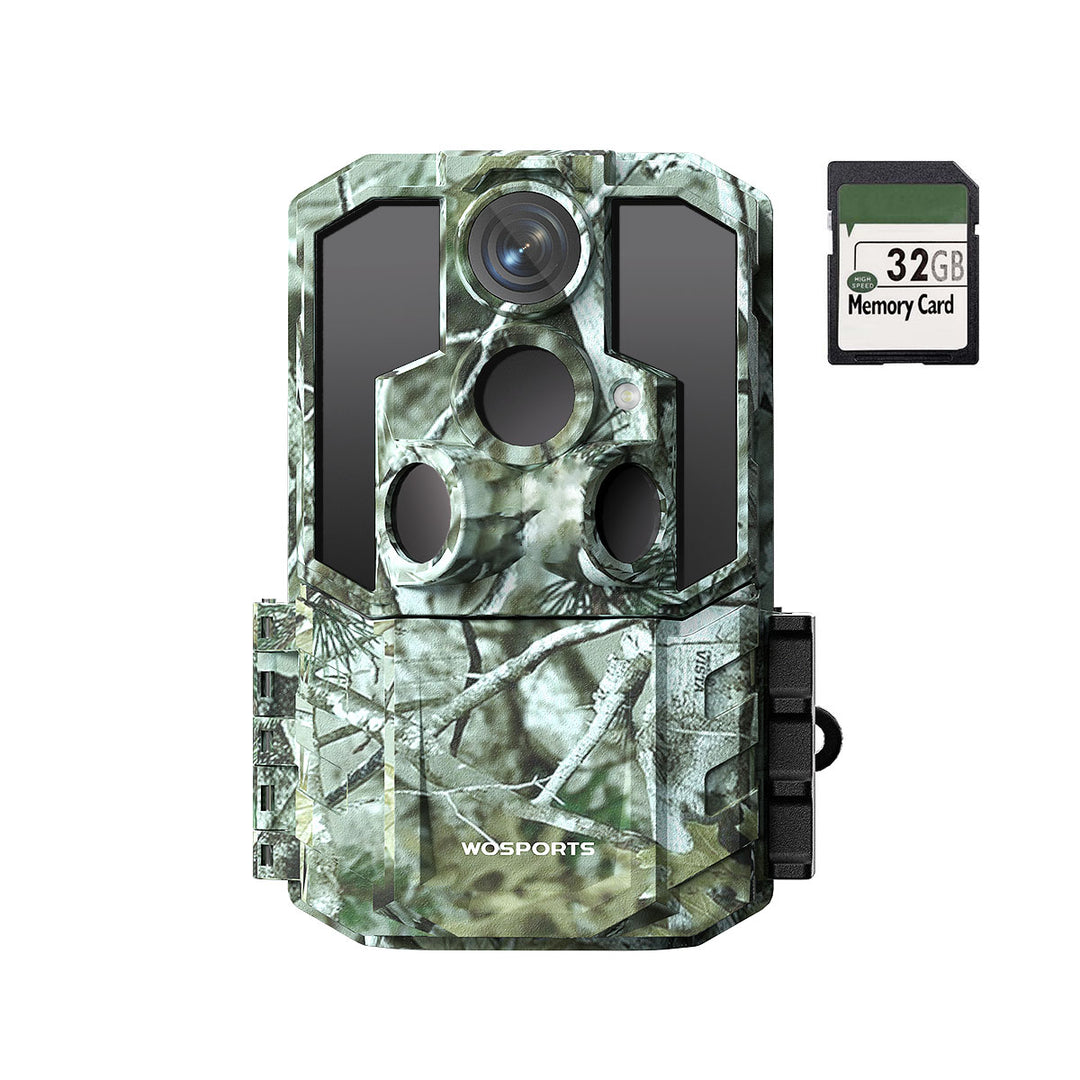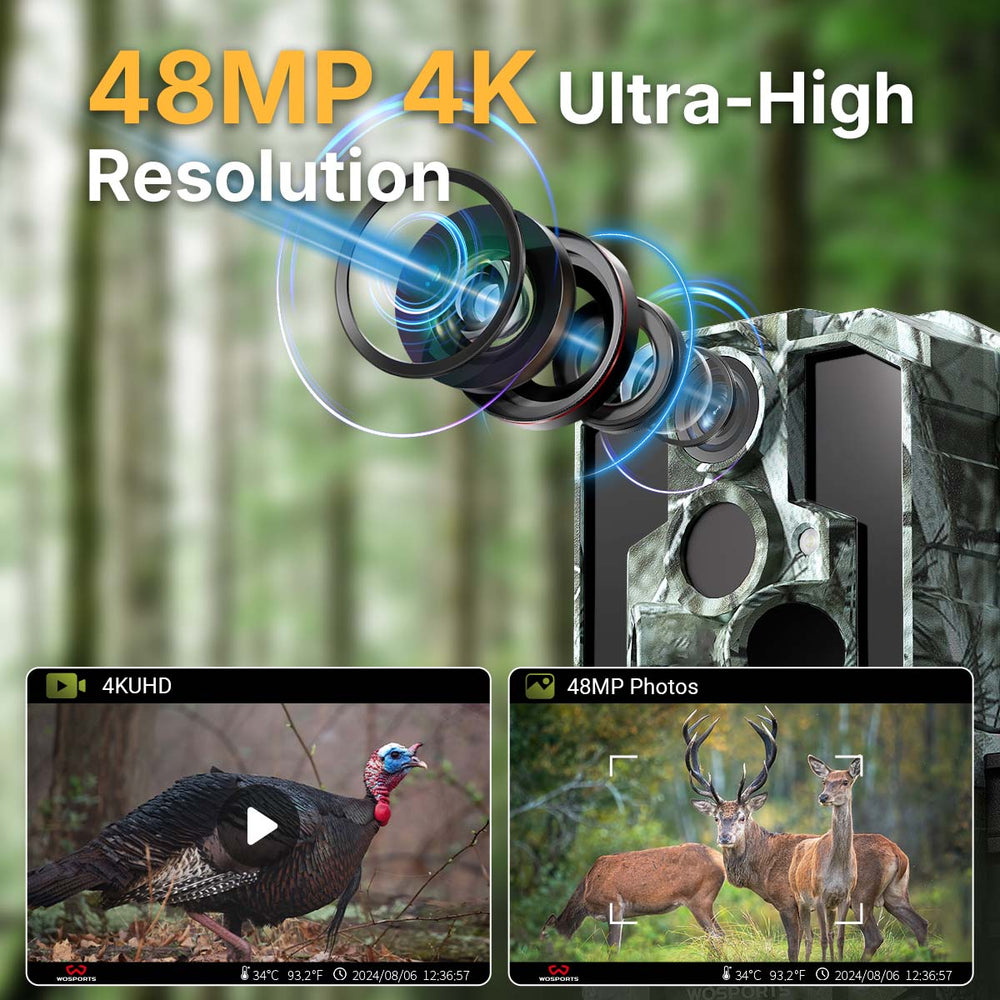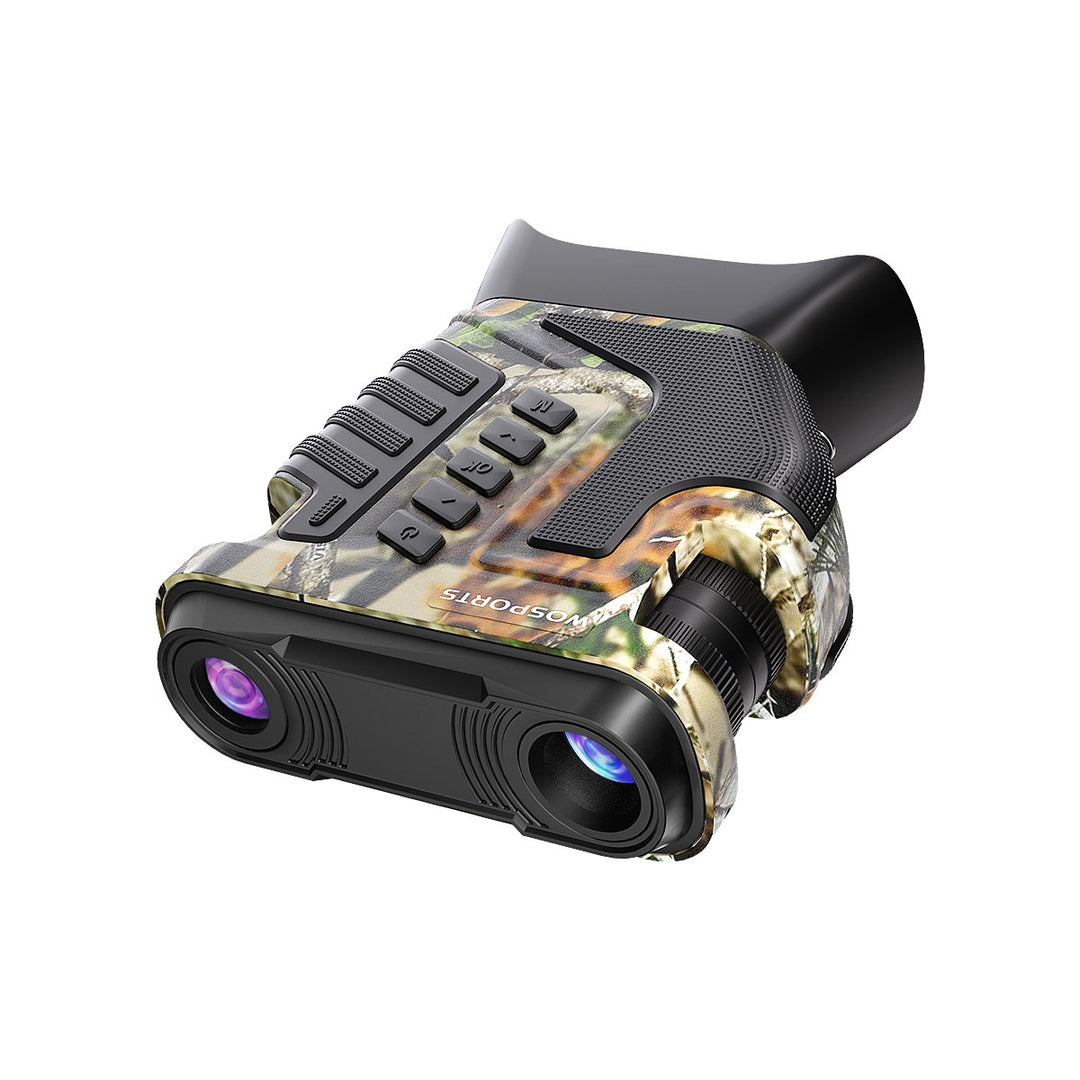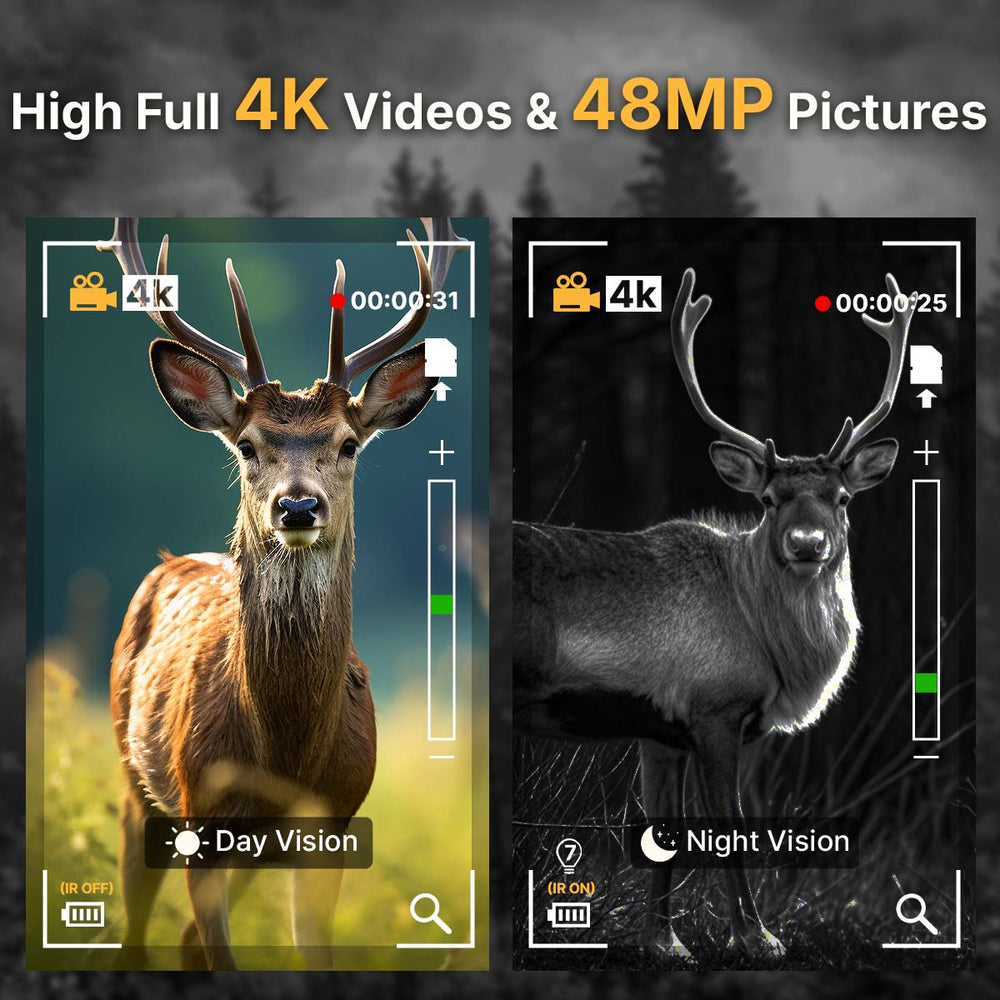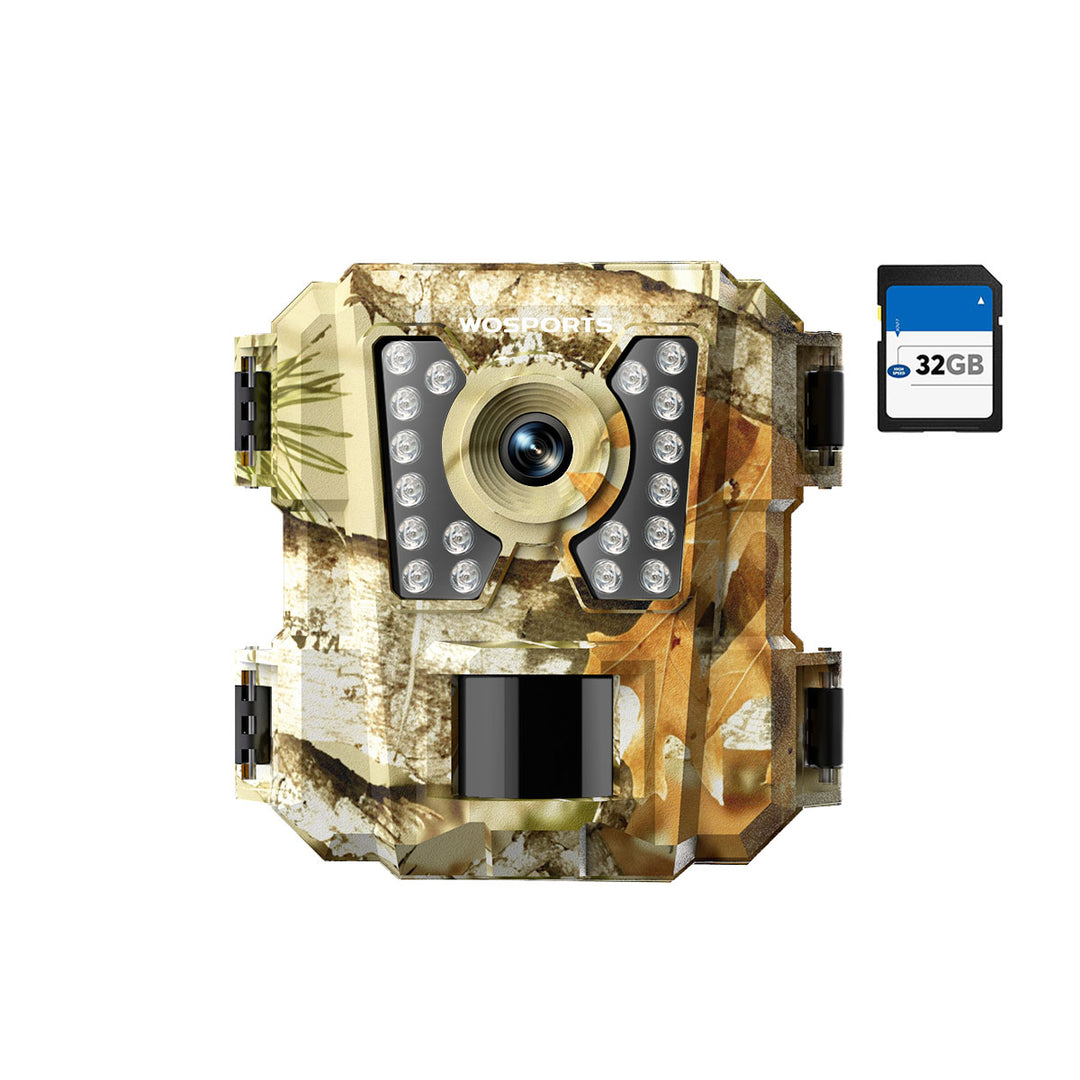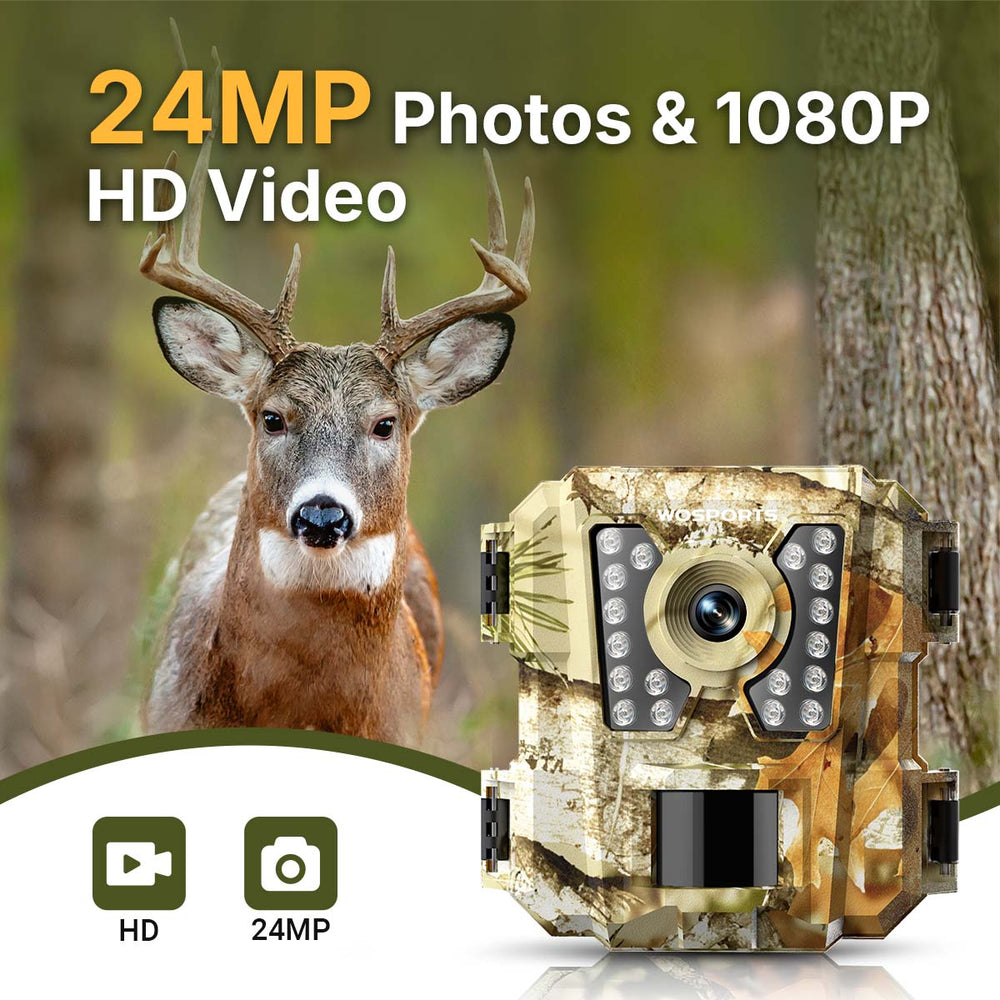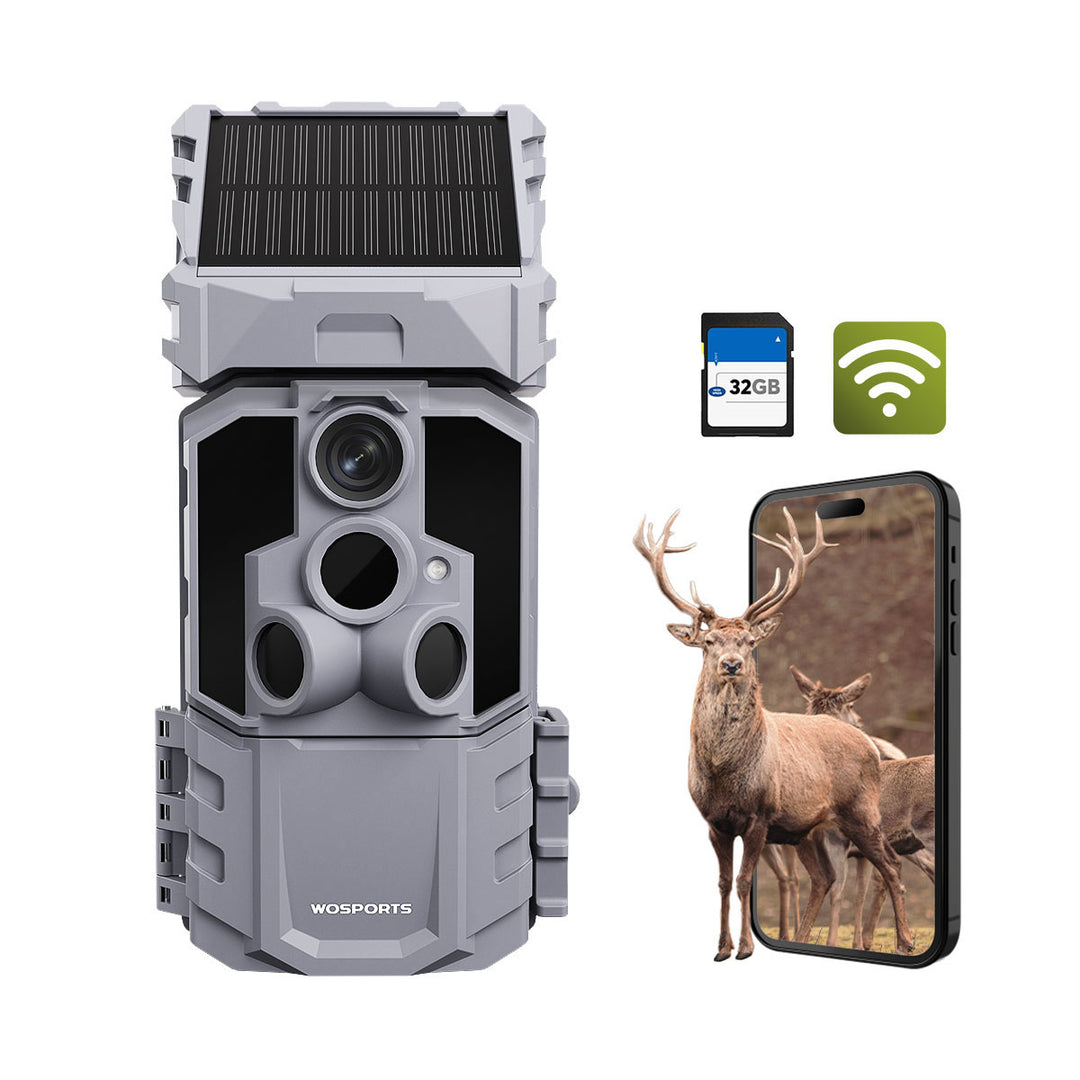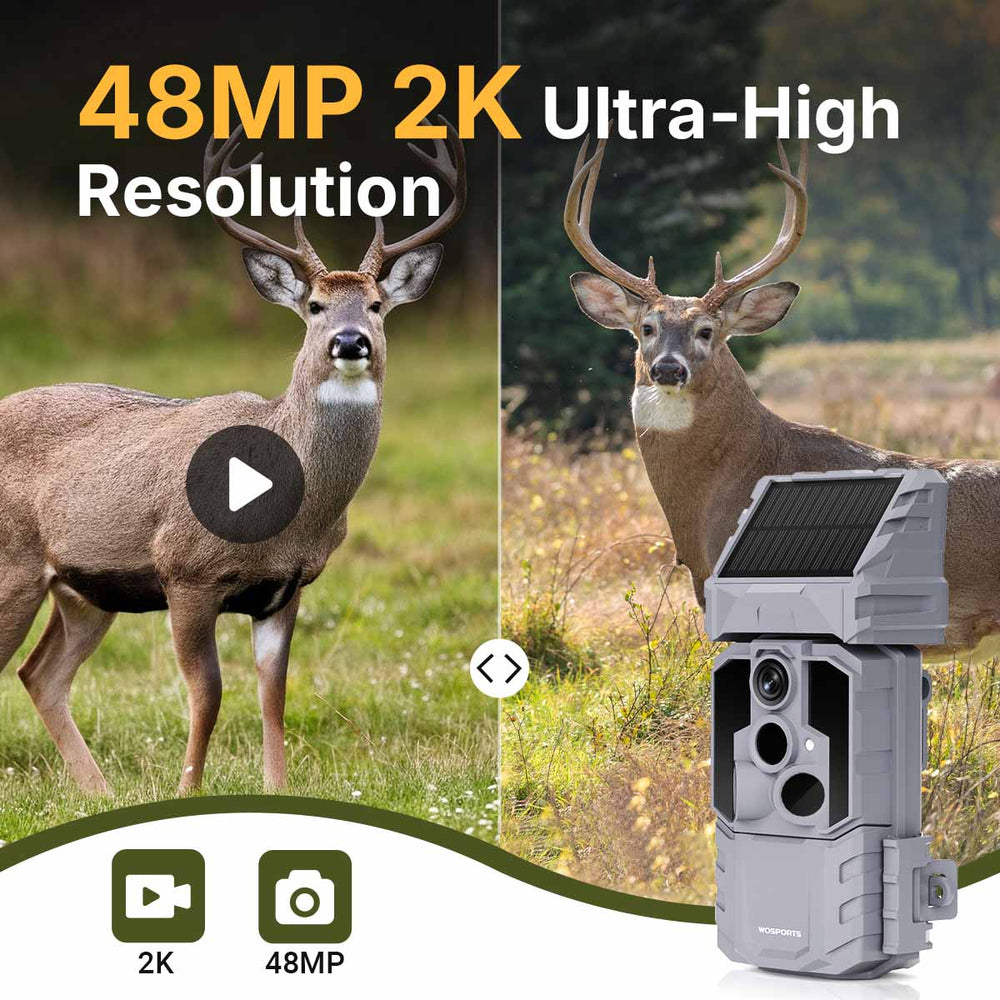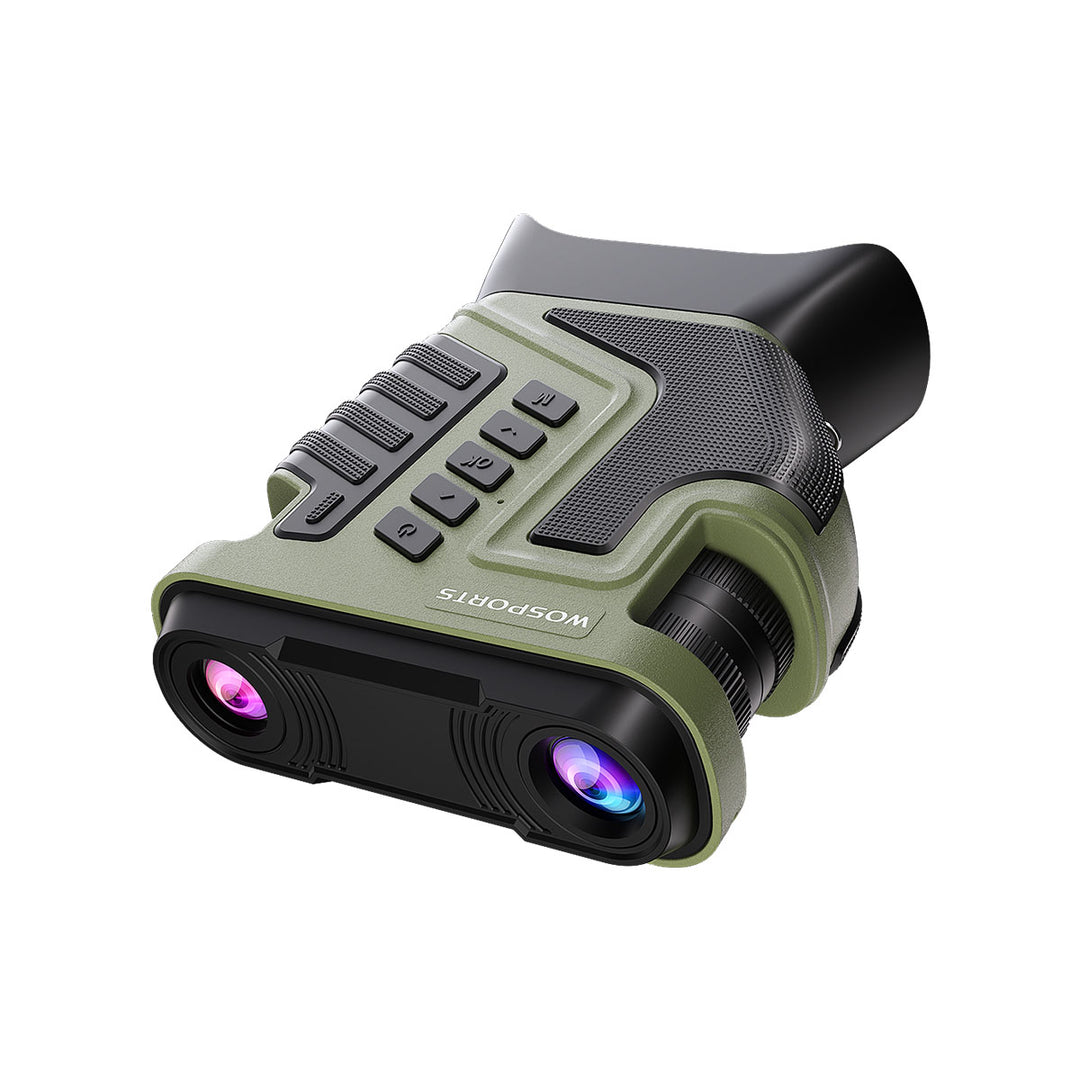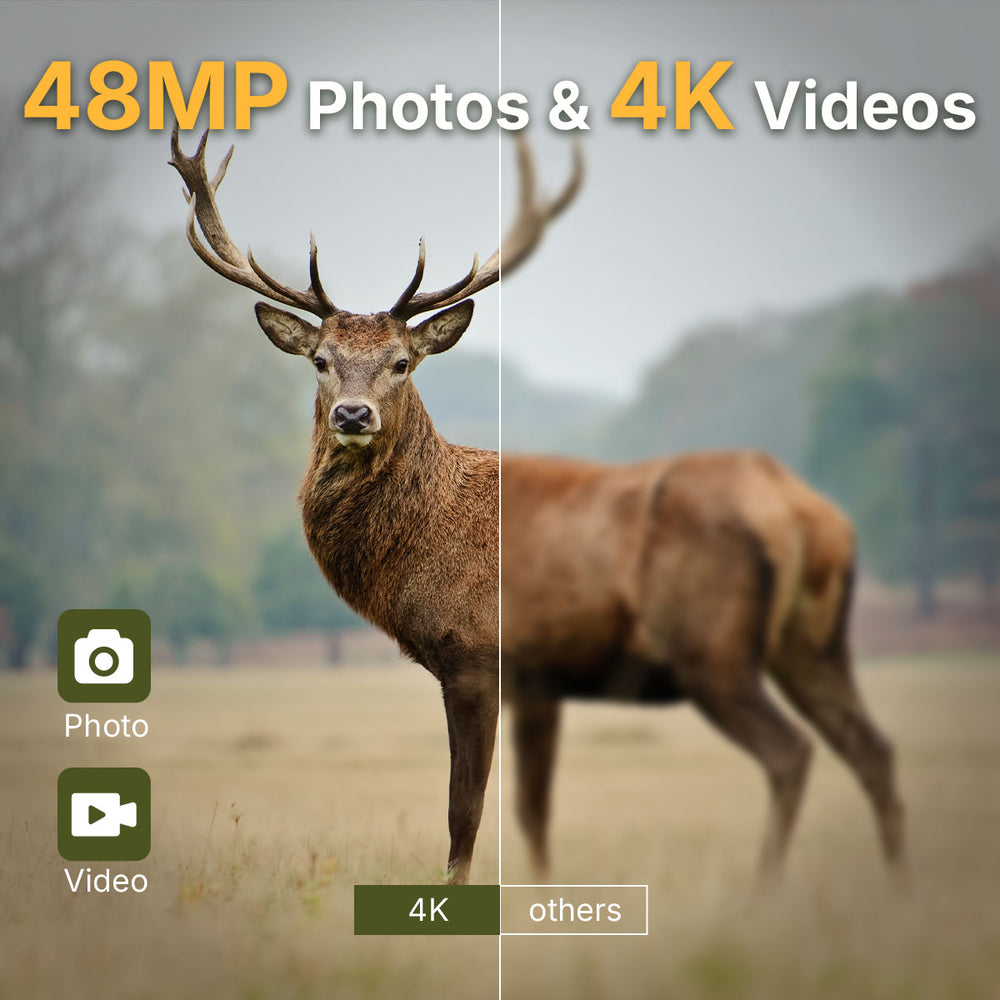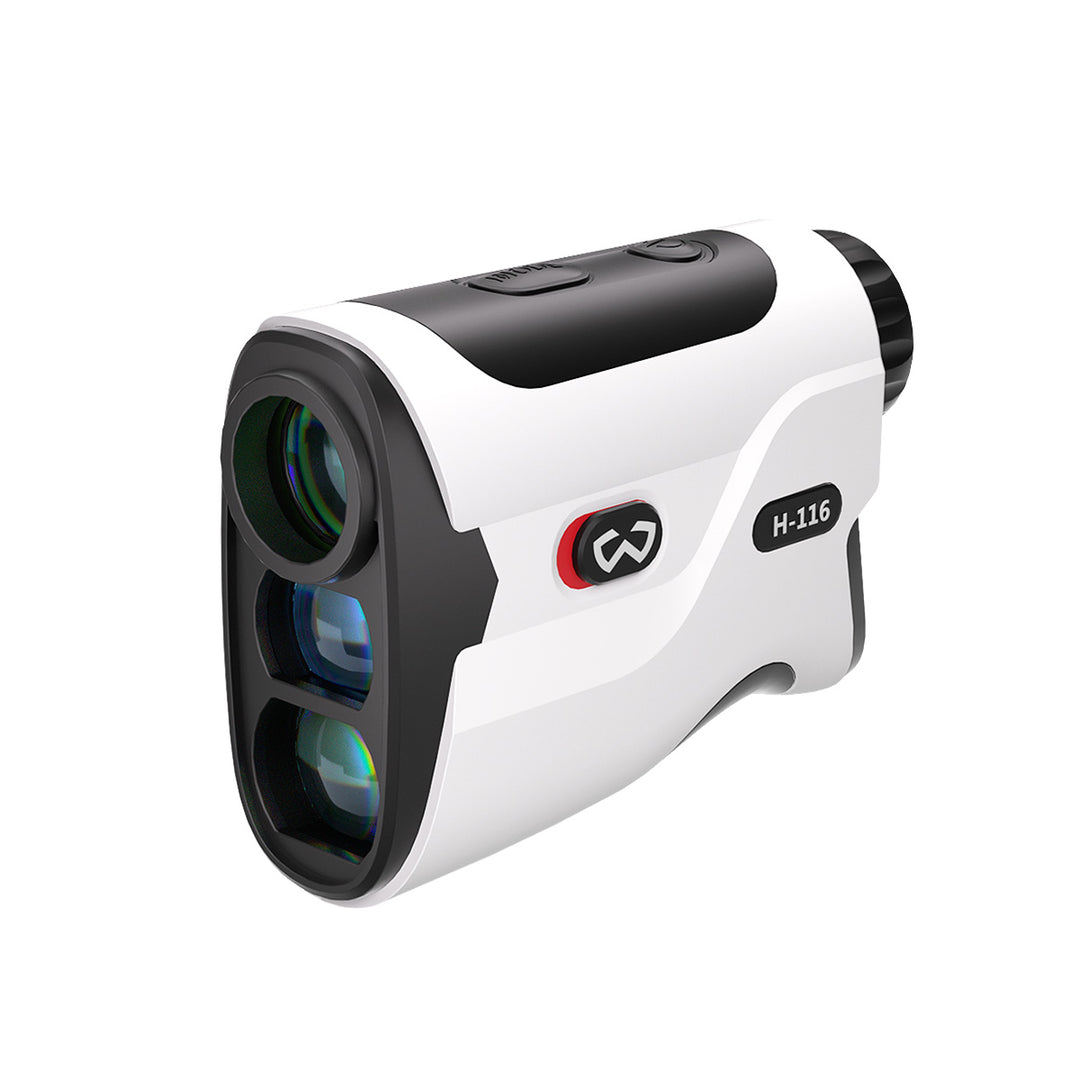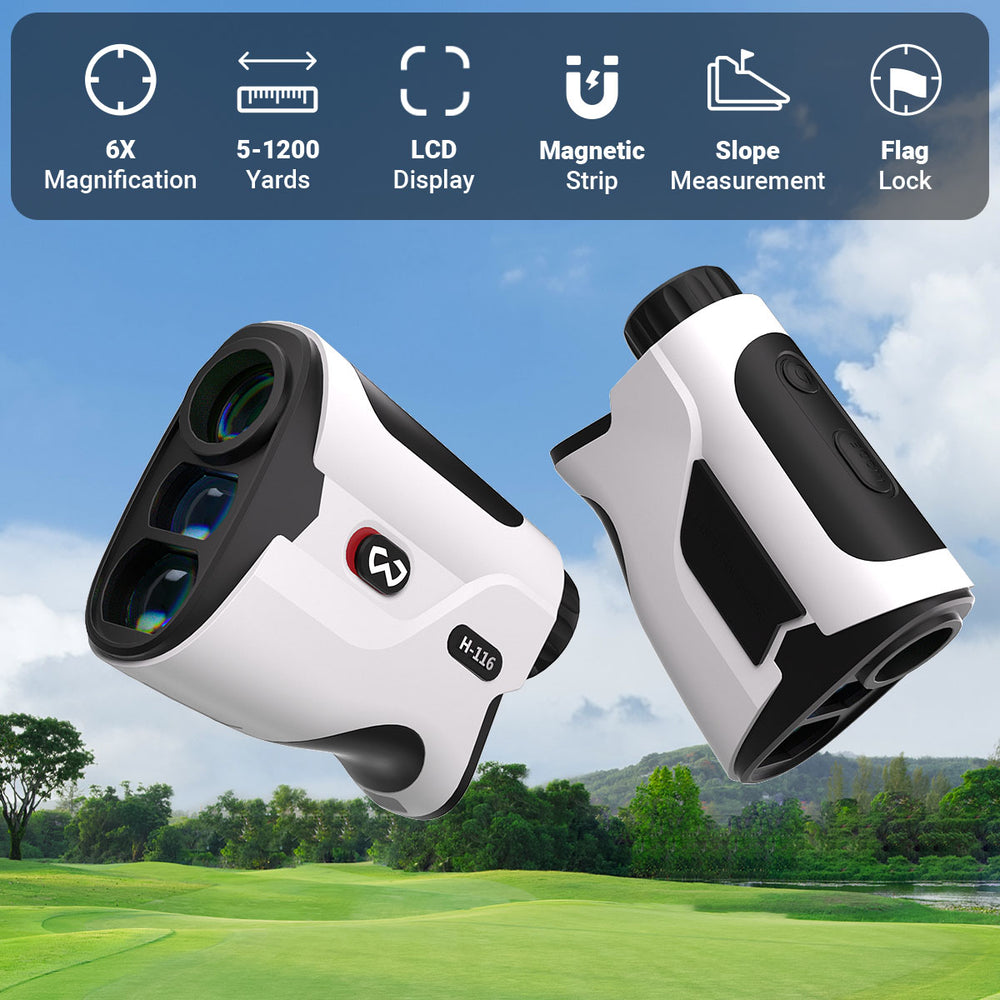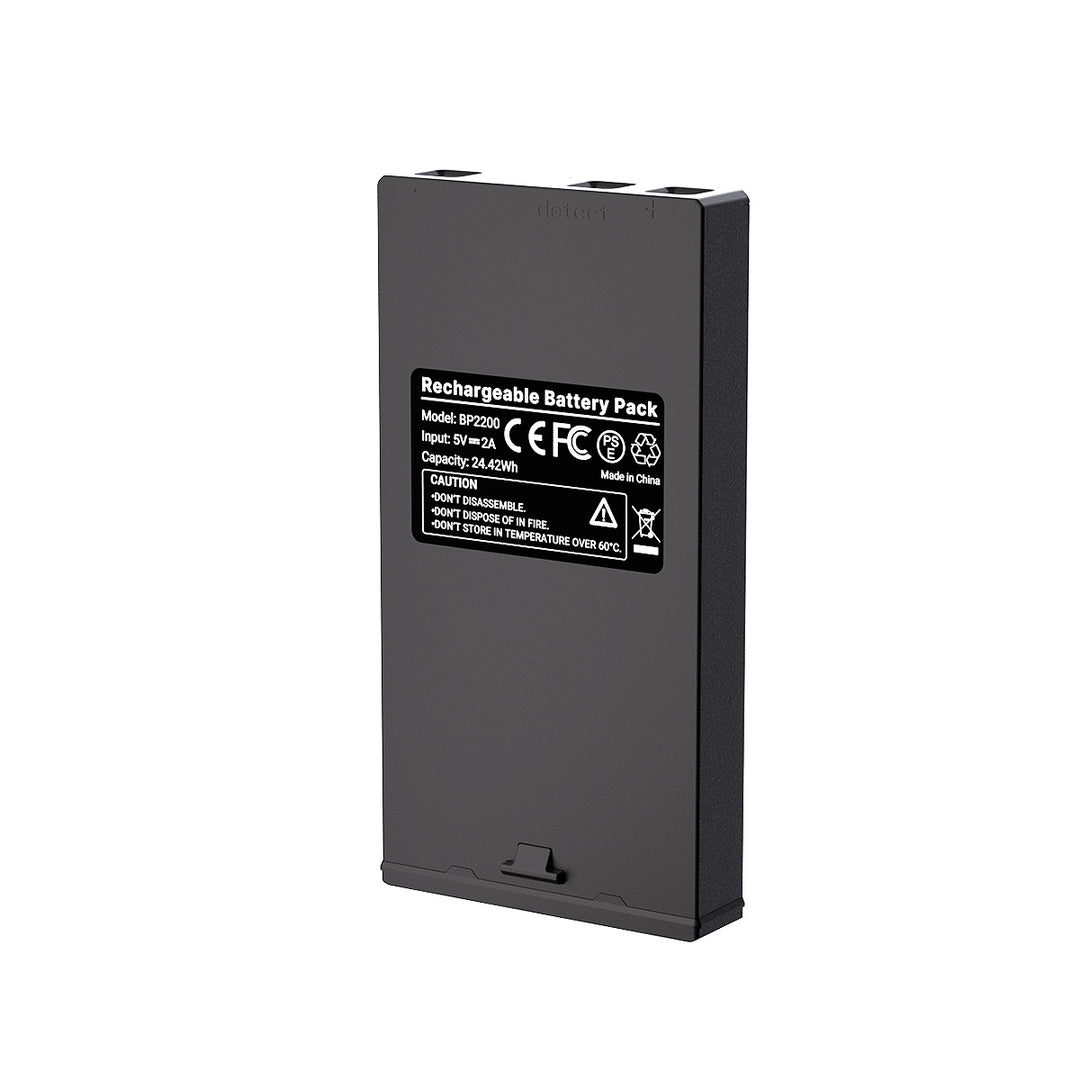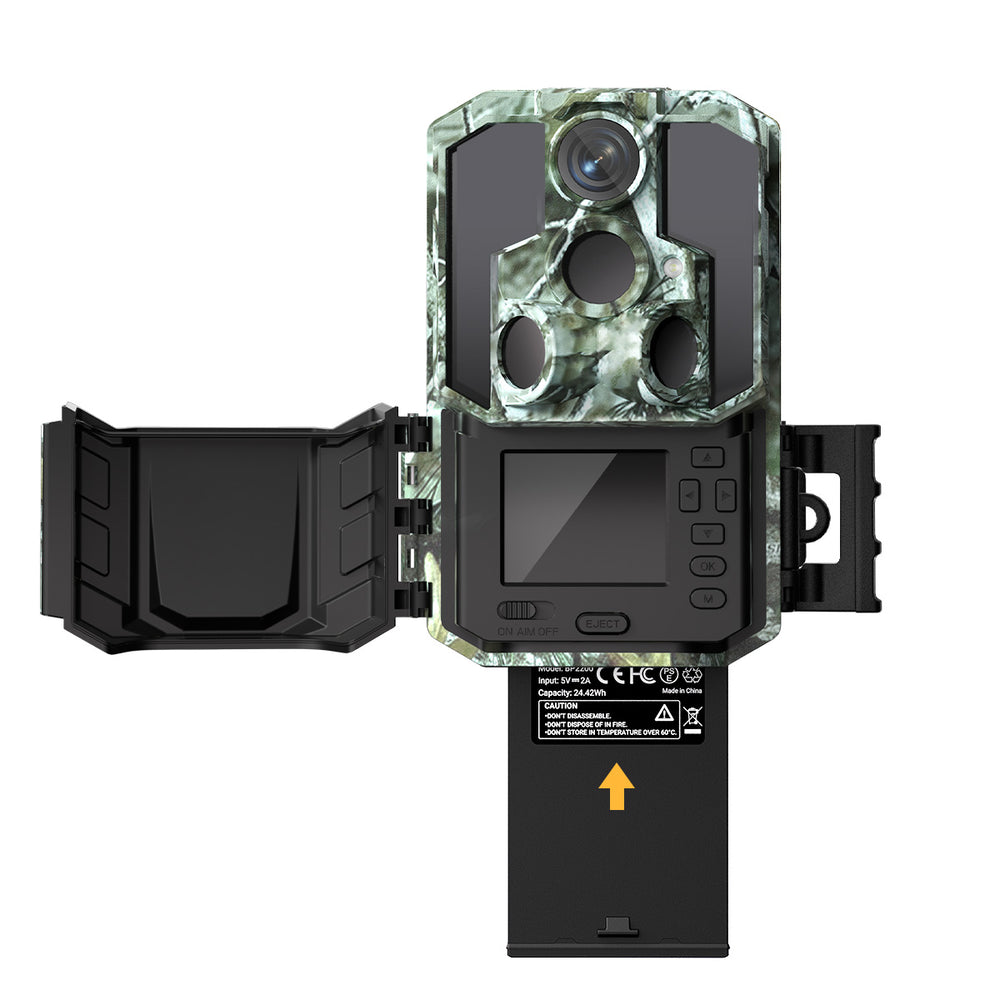How to Capture Nighttime Activities with Night Vision Binoculars
Section 1: Why Use Night Vision Goggles for Wildlife Observation?
Night vision goggles are invaluable for exploring the nocturnal world. Here’s why they are an essential tool for wildlife enthusiasts:
Enhanced Visibility in Low Light: Night vision goggles amplify existing light sources, such as starlight or moonlight, allowing you to see clearly in conditions that would otherwise be pitch-black. Unlike flashlights, which can scare away animals, NVGs let you observe quietly and naturally.
Non-Intrusive Observation: Wild animals are highly sensitive to sudden lights or movements. With NVGs, you can watch their behavior without disrupting their natural routines. This makes NVGs an ethical and effective choice for wildlife observation.

Increased Safety and Awareness: The night holds its own dangers, from uneven terrain to predators. Night vision goggles not only let you observe animals but also help you navigate safely, reducing risks during your adventures.
Suggested Gear

Section 2: Tips for Effective Nighttime Wildlife Observation
1. Research Your Location
The key to a successful wildlife observation experience is preparation. Spend time researching areas where nocturnal wildlife is most active.
Identify habitats like forests, wetlands, or open fields where animals such as deer, foxes, and raccoons are known to frequent.
Learn about the behaviors and schedules of the animals you wish to observe. For example, owls are often most active shortly after sunset, while foxes may roam just before dawn.

Always check local regulations to ensure that nighttime observation is permitted in your chosen area.
2. Choose the Right Equipment
The quality of your gear significantly impacts your observation experience. When selecting NVGs, look for:
Lightweight and Durable Design: Devices that are easy to carry during long treks.
Infrared (IR) Illuminators: These are critical for viewing in complete darkness.
Video Recording Features: Devices like the WOSPORTS NV600 Night Vision Binoculars allow you to document your sightings and relive the experience later.

3. Approach Quietly and Carefully
Stealth is essential when observing wildlife.
Wear dark, non-reflective clothing that blends with the surroundings.
Move slowly and deliberately, minimizing noise by avoiding dry leaves and snapping twigs.
Stay downwind of animals to prevent them from picking up your scent.
Maintain a safe distance to avoid disturbing the wildlife or putting yourself at risk.
4. Use Strategic Observation Techniques
Once you’ve found a good spot, use your NVGs effectively:
Start by scanning the area slowly to identify movement or eye reflections.
Adjust the focus of your NVGs for sharp images, whether the animals are close or far.
Look for signs of activity, such as rustling bushes, tracks, or faint sounds. These clues often lead you to the animals you’re seeking.

5. Time Your Observation Sessions
Timing is everything when observing nocturnal animals.
Dusk and dawn are the most active times for many nocturnal species. Plan your outings around these windows for the best chances of sightings.
Avoid nights with a full moon if you’re observing shy animals, as they may stay hidden due to increased light.
Section 3: Safety Precautions for Nighttime Observation
1. Stay Aware of Your Surroundings
Navigating at night comes with risks, from uneven ground to hidden obstacles. Use NVGs to scan your path and avoid hazards like rocks, branches, or water bodies.
Carry a backup flashlight or headlamp for emergencies, but use it sparingly to avoid scaring animals.
Always let someone know your location and expected return time before heading out.
2. Respect Wildlife Boundaries
While observing wildlife is thrilling, it’s essential to remember that you are a guest in their habitat.
Never attempt to touch, feed, or approach wild animals too closely. This can stress the animals and lead to dangerous situations.
Avoid loud noises or sudden movements that could disrupt their natural behavior.

3. Be Prepared for Outdoor Conditions
Pack essentials for your outing:
Bring water, snacks, and warm clothing for extended observation sessions.
Carry a map, compass, or GPS device, especially if exploring remote areas.
Section 4: How to Maximize Your Night Vision Experience
1. Practice at Home
Before heading out, familiarize yourself with your NVG equipment. Practice:
Adjusting the focus and settings in a dark room or backyard.
Learning to identify objects at different distances to prepare for the field.
2. Use Infrared Illuminators Wisely
Infrared illuminators are invaluable in complete darkness, but animals sensitive to IR light may notice it.
Use the IR mode sparingly and position yourself to minimize reflections from surrounding objects.
3. Maintain Your Equipment
Regular maintenance ensures that your NVGs perform well for years to come.
Clean the lenses gently with a microfiber cloth to remove dust or smudges.
Store your NVGs in a protective case to avoid damage during transport.
Section 5: The Joy of Recording and Sharing
One of the most exciting aspects of nighttime wildlife observation is capturing your experiences:
Use NVGs with recording capabilities to document your sightings.
Share your videos or photos with friends, family, or online communities of wildlife enthusiasts.
Your recordings can also contribute to local wildlife studies or conservation efforts, adding value to your hobby.
Search
Popular Posts
Recent Posts

Nov 28, 2024
Troubleshooting Common Trail Camera Issues
Jan 10, 2025
Why Does My Trail Camera Stop Working at Night?

































